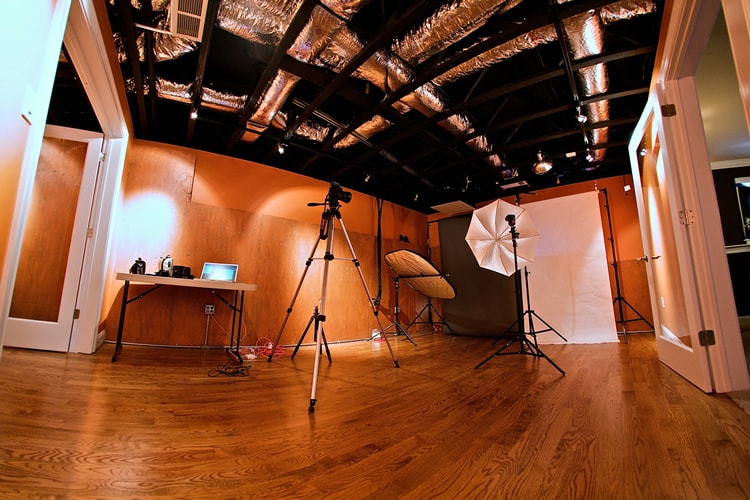How To Light Portraits With a Single Light
You can find a lot of photographers who claim to be “natural light” photographers, which I hear as “too cheap to buy strobes” photographers. Great photographers don’t wait for the light, they bend it to their will. They put a leash on light and drag it around like Paris Hilton’s chihuahua.
All the same, when you start looking at the cost of studio and high end portable strobes it can get a little depressing adding up the price tag of a decent lighting kit. Studio lighting is expensive and high-end portable strobes can cost twice as much as the variety you use indoors in the studio.

photo by Mikel Manitius
A funny thing happened at the last TFP shoot I attended when taking note of both my own lighting kit and those of several other local pros. We were shooting fashion portraits outdoors with local models and all except one of us was using a single light set.
Okay, some of those single lights cost $900, but the majority were shooting with strobes in the $150 to $500 range. One guy had a two light portable set controlled with a set of radio poppers, but he ended up using just one light for the majority of his shots.
It got me thinking that there were many times in the studio that a portrait photographer was using just one light for a subject. Fashion photographers frequently use a single light in a number of ways. Sure, it’s nice to have a 3 light set and maybe a couple kickers just for fun, but if you’re on a budget, you can get started with what you can afford without going into debt. I collected some of the times it’s okay to use just one light.
Shooting a Beauty Dish
A beauty dish is a hard point lighting source that actually produces a very flattering direct light. It’s designed to flat and sharp and the way it makes details stand in sharp relief. A beauty dish is frequently used as a single point light source. If it’s a bit sharp, you can always soften it with a reflector.
You’ll find beauty dish lighting frequently employed on fashion shoots; sometimes with kickers to light the background and sometimes just on their own.
A Ring Flash
I’m not talking about one of the little ring flash used in macro photography, I’m talking about a ring flash like the AlienBees ABR-800 by Paull C. Buff that weighs in at a max output of 320 W/s. Ring flash like the ABR-800 are another single-light flash frequently found on fashion sets.
Like a beauty dish you can shoot a ring flash with the exposed flash tubes for sharp light, or put diffusers on it for softer, shadowless light. Because of the even lighting you’ll frequently see a ring flash being used by makeup artists to record their creations.
A studio quality ring flash is a double bonus because you can take the reflector off and use it in an umbrella or softbox, just like any other studio flash. Buy your ring flash first and, when you have the money, get yourself a big key flash with a monster softbox and then use your ring flash as a fill. Now you have a really versatile studio lighting system.
Shoot-Through Umbrella
Let’s say you’re really on a budget and you can only afford a flash like a single Yongnuo 568 EX. No fear, you can take any low-end flash and put it behind an equally cheap white shoot-through umbrella.
There, for around $200, you have a soft, single point light that will yield brilliantly shadow-free, seriously flattering lighting on the cheap. No matter how much gear I collect or how many high-tech lighting gadgets, I still pack my $20 shoot-through umbrella and use it almost every time I go out.
When Working Outside
No, I’m not going back on what I said up above, just pointing out that when you’re working outside, a little flash goes a long way. You’re basically using the sun as your key and your external flash as a fill. All you need is one of those cheap plastic diffusers to soften the flash a bit and you’ll be right in business.
You don’t need a studio full of gear to take good portraits and you don’t have to be limited to “natural light”. Build your lighting kit with a goal toward maximum utility and flexibility and you’ll able to take some amazing shot while you build up your stash of lighting gadgets.
Do you have other advice about lighting you’d like to share? Feel free to share your thoughts via Twitter or Facebook ;)
